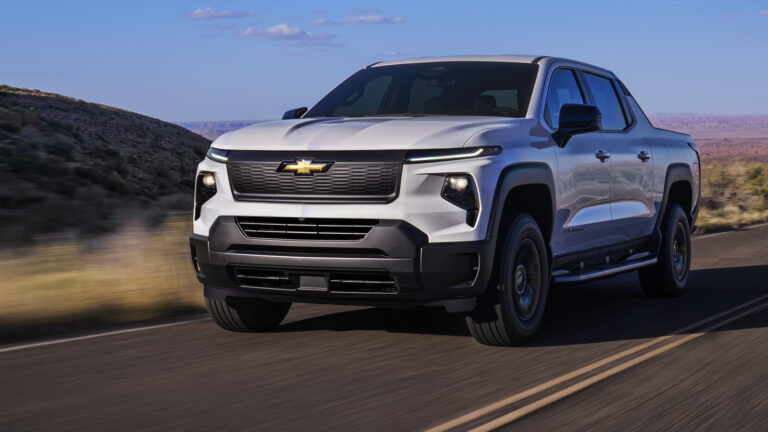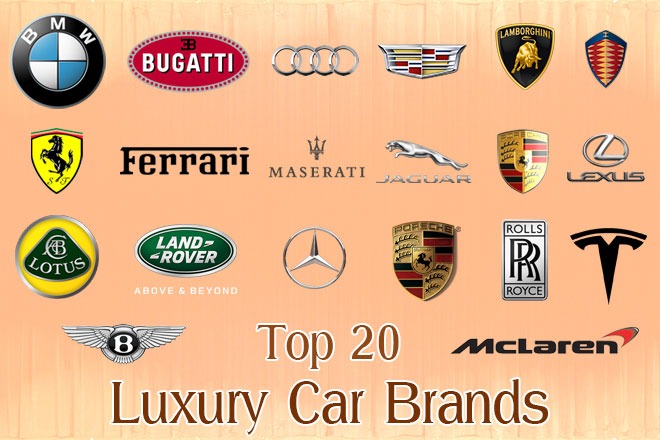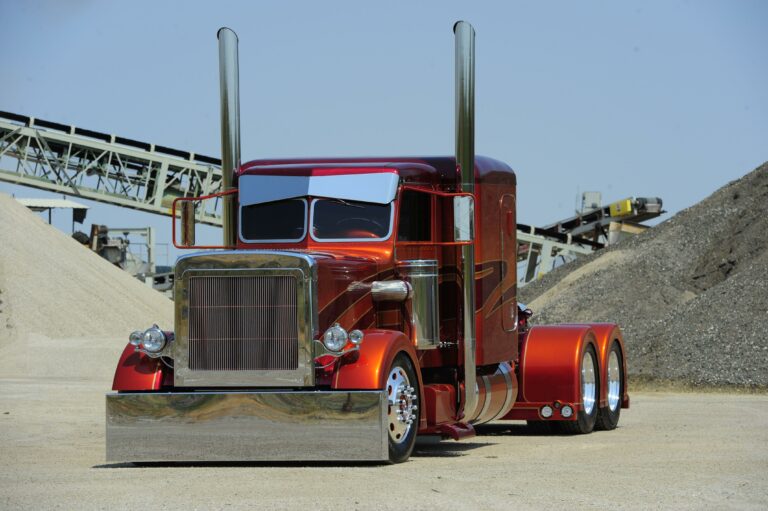Brand New Cars For $15,000: Navigating the Entry-Level Automotive Market
Brand New Cars For $15,000: Navigating the Entry-Level Automotive Market cars.truckstrend.com
Introduction: The Elusive $15,000 New Car Dream
In an era where vehicle prices seem to constantly climb, the idea of purchasing a brand new car for $15,000 might sound like a relic from a bygone era, or perhaps even an impossible dream. However, for budget-conscious consumers, first-time buyers, or those simply seeking reliable, no-frills transportation without the uncertainties of the used car market, the sub-$15,000 segment (or very close to it) represents the ultimate sweet spot. This comprehensive guide aims to demystify the landscape of brand new cars available at this highly competitive price point, exploring what’s genuinely achievable, what compromises might be necessary, and how to navigate the purchasing process to secure the best possible value.
Brand New Cars For $15,000: Navigating the Entry-Level Automotive Market
While the options are undeniably limited and often require careful consideration of trim levels and available incentives, understanding the nuances of this market can empower buyers to make informed decisions. This article will delve into the types of vehicles that fall into this category, the key factors to evaluate, and practical advice to help you drive away in a new car without breaking the bank. Is the $15,000 new car a myth? Not entirely, but it certainly demands a strategic approach and a clear understanding of market realities.
What to Expect at the Sub-$15,000 Price Point
When you set your sights on a brand new car with a budget of $15,000 or less, it’s crucial to manage expectations. This price segment is characterized by a focus on fundamental transportation rather than luxury, advanced technology, or high performance.
Typically, you can expect:
- Subcompact Cars: These are generally the smallest vehicles available, designed for urban driving and fuel efficiency. They prioritize maneuverability and affordability.
- Basic Trim Levels: You’ll almost exclusively be looking at the base model, often referred to as "entry-level" or "bare-bones." This means manual transmissions might be standard (though automatic options are increasingly common even at this level), and features like power windows, remote entry, or touchscreen infotainment systems may be absent or very basic.
- Essential Safety Features: Modern safety standards mean even entry-level cars come with airbags, anti-lock brakes (ABS), and electronic stability control (ESC). However, advanced driver-assistance systems (ADAS) like adaptive cruise control, lane-keeping assist, or blind-spot monitoring are usually reserved for higher trims or simply not available.
- Modest Performance: Engines will be small, typically 3- or 4-cylinder units, focused on fuel economy over acceleration. They are perfectly adequate for city driving and highway cruising, but don’t expect exhilarating performance.
- Fuel Efficiency: One of the main advantages of these smaller, lighter vehicles is their excellent fuel economy, which helps save money long-term.
- Limited Customization: Don’t expect a wide array of color choices, wheel options, or interior material upgrades. Choices are often limited to what’s available on the lot for the base model.

The value proposition here lies in new car reliability, a full factory warranty, and the peace of mind that comes with being the first owner. You’re paying for a brand-new vehicle that will get you from point A to point B efficiently and safely, free from the unknown history of a used car.
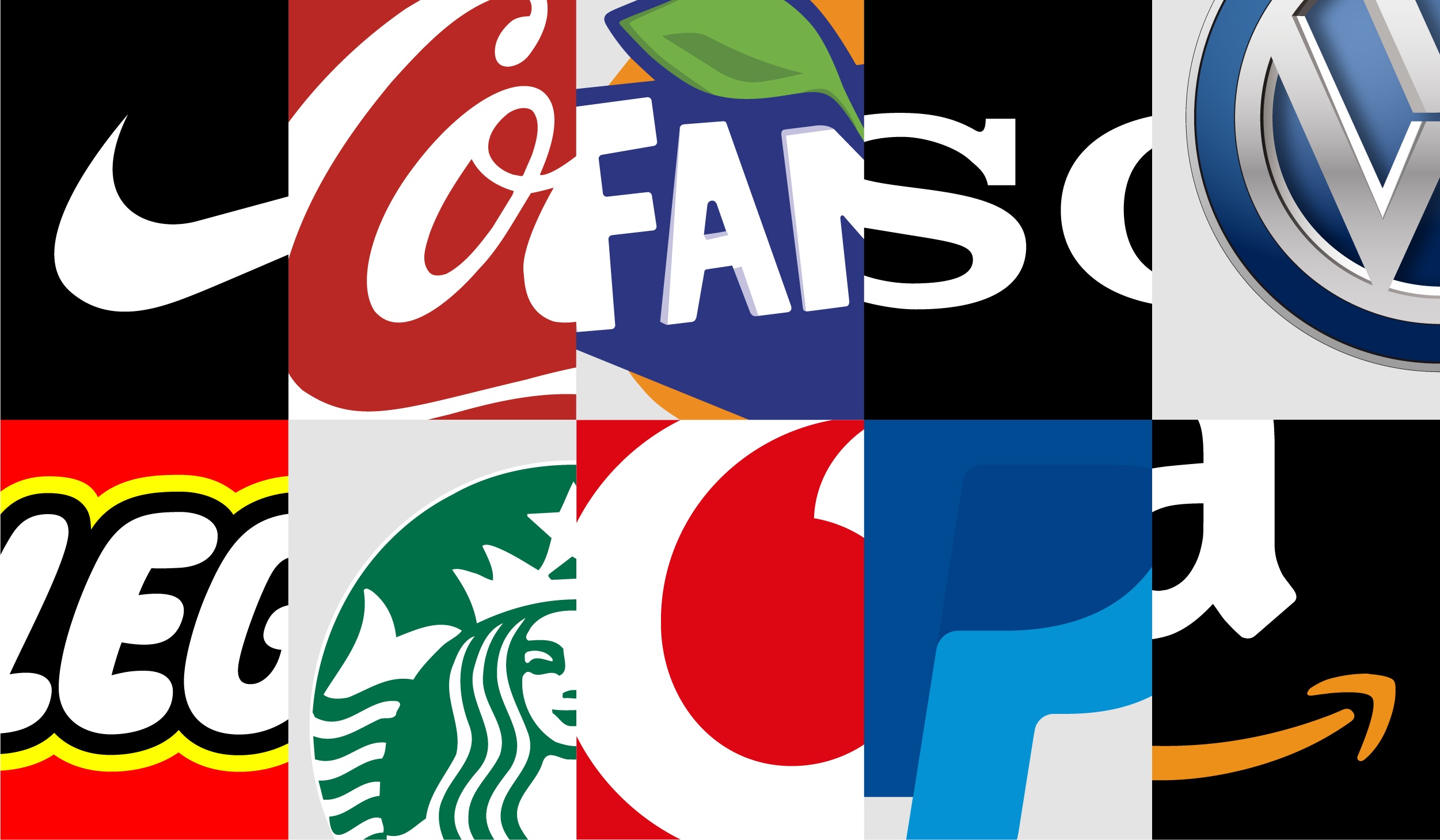
Top Contenders: New Cars Around the $15,000 Mark (2024)
Finding a truly brand new car with an MSRP under $15,000 (including destination charges) in 2024 is exceptionally challenging, if not impossible, in many markets like the United States. Inflation, supply chain issues, and increased manufacturing costs have pushed starting prices upwards. However, there are a few models that come closest to this price point, often with their absolute base trim levels. It’s important to note that "out-the-door" prices (which include taxes, tags, and dealer fees) will invariably push these vehicles over the $15,000 mark.
Here are the primary contenders that might start with an MSRP around or just above $15,000, making them the most affordable new cars on the market:
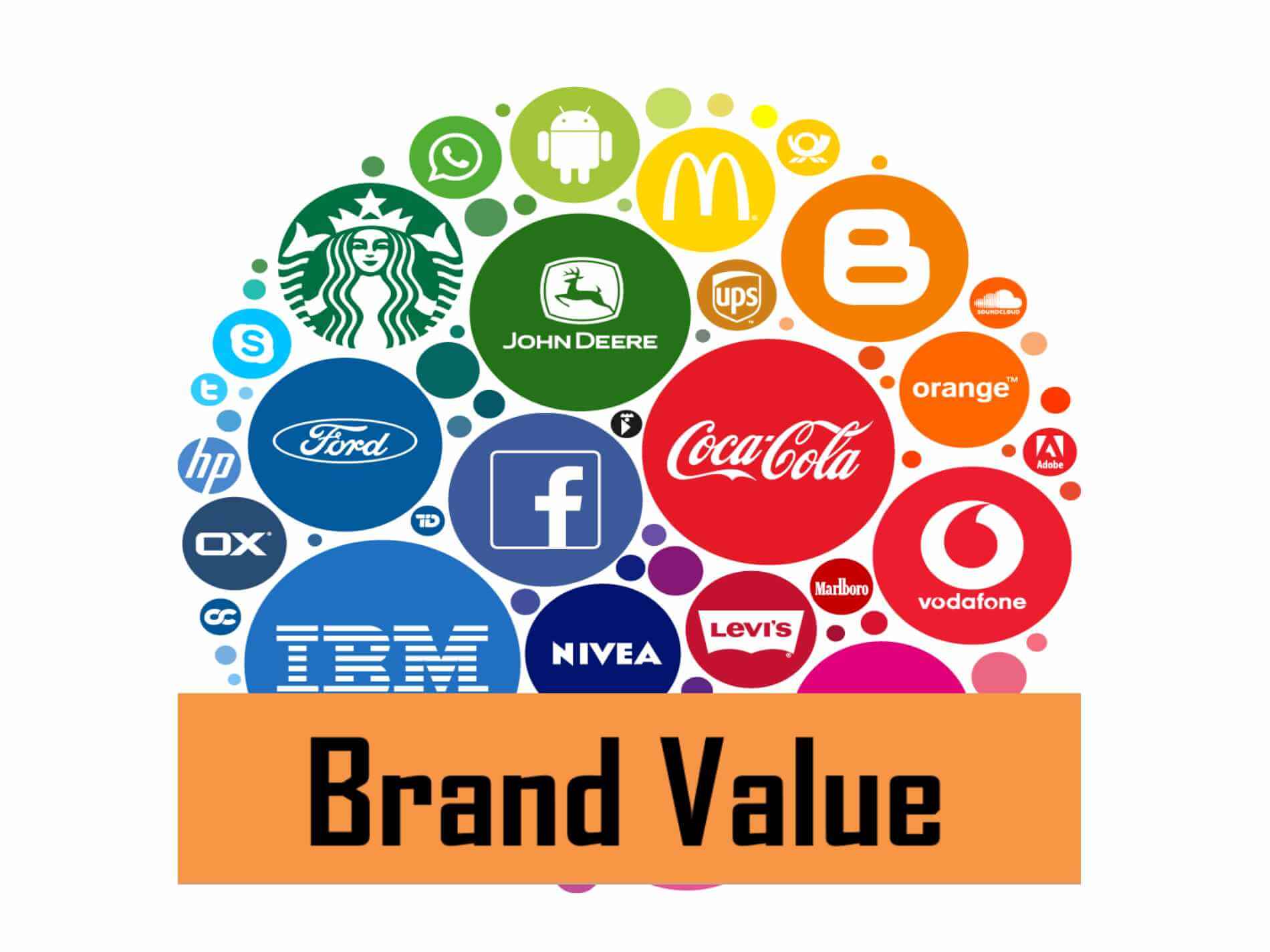
Mitsubishi Mirage:
- Overview: Often cited as the cheapest new car available, the Mirage is a subcompact hatchback (or G4 sedan) known for its incredible fuel economy and rock-bottom price. It features a small 1.2-liter three-cylinder engine.
- Pros: Excellent fuel economy, long warranty (10-year/100,000-mile powertrain), extremely low starting price, nimble for city driving.
- Cons: Very basic interior, noisy engine, slow acceleration, relatively sparse features even in higher trims.
- Price Reality: Even the base ES manual trim often starts at an MSRP of around $16,770 (including destination) for the 2024 model year. Getting it under $15,000 would require significant dealer discounts or manufacturer incentives, which are rare on such low-margin vehicles.
-
Nissan Versa:
- Overview: The Versa is a subcompact sedan that offers more interior space and a slightly more refined driving experience than the Mirage. It received a refresh recently, improving its aesthetics and some features.
- Pros: Roomy interior for its class, comfortable ride, good fuel economy, standard safety features like automatic emergency braking.
- Cons: Not particularly powerful, base model is very basic, CVT (Continuously Variable Transmission) can be noisy under hard acceleration.
- Price Reality: The base S trim (manual transmission) typically starts with an MSRP around $17,000 (including destination). Like the Mirage, getting it below $15,000 out-the-door is highly unlikely.
Important Note: The concept of a "brand new car for $15,000" often requires a slight adjustment of expectations to "the absolute cheapest new cars available, whose MSRPs start closest to $15,000, knowing that the final price will likely exceed this budget."
Key Factors to Consider When Buying a Budget New Car
Purchasing a vehicle at the lowest end of the new car market requires a sharp eye for value and a realistic understanding of what you’re getting.
- MSRP vs. Out-the-Door Price: The Manufacturer’s Suggested Retail Price (MSRP) is just the starting point. Always factor in the destination charge (a non-negotiable fee for shipping the car to the dealership), sales tax, registration fees, and any dealer documentation fees. These can easily add $2,000-$4,000+ to the sticker price, pushing even the cheapest cars above the $15,000 budget.
- Fuel Efficiency: A major advantage of budget cars is their excellent gas mileage. Calculate potential fuel savings over the car’s lifespan, as this significantly impacts long-term ownership costs.
- Safety Features: While advanced ADAS may be absent, ensure the car meets your minimum safety requirements. Look for standard features like multiple airbags, anti-lock brakes (ABS), electronic stability control (ESC), and ideally, a rearview camera. Some base models now include basic forward collision warning or automatic emergency braking.
- Reliability and Warranty: New cars come with a factory warranty, providing peace of mind against manufacturing defects. Research the brand’s reputation for reliability. Mitsubishi, for example, offers a very competitive 10-year/100,000-mile powertrain warranty on the Mirage, which is a significant selling point.
- Resale Value: While often not a primary concern for budget buyers, some models hold their value better than others. Researching future depreciation can give you an idea of what the car might be worth when you eventually sell or trade it in.
- Maintenance Costs: Smaller, simpler cars generally have lower maintenance costs than larger, more complex vehicles. Factor in the cost of routine servicing, oil changes, and replacement parts.
- Basic Features vs. Desired Amenities: Be honest about your needs versus wants. Can you live without power windows, cruise control, or a touchscreen? For $15,000, you’re buying transportation, not a luxury experience.
Navigating the Purchase Process
Even with a limited budget, smart shopping can make a difference.
- Thorough Research: Identify the few models that come closest to your budget. Read reviews, compare specifications, and understand the standard features of the base trims.
- Online Inventory Check: Use dealer websites to check current inventory and specific trim levels available. Pay close attention to the MSRP listed.
- Test Drives: Always test drive the exact trim level you’re considering. Don’t assume the driving experience of a higher trim will translate to the base model. Pay attention to comfort, visibility, road noise, and overall feel.
- Financing Options: Even for a $15,000 car, you’ll likely need financing. Get pre-approved for a loan from your bank or credit union before visiting the dealership. This gives you leverage and a clear understanding of the interest rate you qualify for. Dealership financing can sometimes offer competitive rates, but it’s always best to compare.
- Negotiation (Limited Scope): For cars already priced at the absolute bottom, there’s very little room for negotiation on the MSRP itself. Your focus should be on minimizing dealer fees, ensuring no unnecessary add-ons are included, and getting a fair trade-in value if applicable. Be firm but realistic.
- Understand the Fine Print: Before signing, carefully review the purchase agreement. Ensure all figures match what was discussed, and understand all terms and conditions, especially regarding warranty and any optional add-ons.
The Reality of the Market: Are New Cars Under $15K Still Available?
As repeatedly highlighted, the landscape for genuinely "new cars for $15,000" has become exceedingly challenging in the current automotive market (2024). Economic factors, including inflation, rising material costs, and increased labor expenses, have driven up vehicle prices across the board. Furthermore, global supply chain disruptions have led to reduced inventory, diminishing the competitive pressure that might otherwise lead to aggressive discounting on entry-level models.
The blunt truth is: A brand new car with an "out-the-door" price (including destination, taxes, and fees) of under $15,000 is highly unlikely for 2024 models in most major markets. The cars listed above (Mitsubishi Mirage, Nissan Versa) represent the absolute lowest starting MSRPs, but even these push well over $15,000 once all charges are factored in.
Solutions and Alternatives if Your Budget is Strict:
- Be Patient for Incentives: Occasionally, manufacturers might offer limited-time incentives, cash back, or special financing rates that could effectively lower the price of a base model. Keep an eye out for these, especially towards the end of a model year.
- Consider Certified Pre-Owned (CPO) Vehicles: This is arguably the most realistic path to getting a reliable, modern car for under $15,000. CPO vehicles are late-model used cars (typically 1-5 years old) that have undergone a rigorous inspection process and come with an extended manufacturer-backed warranty. You can often find a CPO subcompact or compact sedan (like a Toyota Corolla, Honda Civic, Hyundai Elantra, Kia Forte, or even a slightly older version of the Mirage or Versa) for well under $15,000, offering better features and refinement than a base new car at the same price.
- Expand Your Search Radius: Sometimes, dealerships in less populated areas might have lower overheads or be more willing to negotiate on price.
- Sacrifice Features: Be prepared to accept a very basic car. No power windows, no touchscreen, maybe even a manual transmission if that’s what it takes to save a few hundred dollars.
- Save a Little More: If your budget is absolutely fixed at $15,000 and you truly want a new car, the most practical advice might be to save an additional $2,000-$3,000. This relatively small increase opens up significantly more options and reduces the stress of trying to find the unicorn sub-$15K new car.
Table: Lowest Priced New Cars (Approximate 2024 Starting MSRPs)
| Make/Model | Body Style | Approx. Starting MSRP (incl. destination) | Key Basic Features (Base Trim) | Approx. City/Hwy MPG | Pros | Cons |
|---|---|---|---|---|---|---|
| Mitsubishi Mirage | Hatchback | $16,770 | Manual AC, Power Windows/Locks, 7-inch Display Audio, Rearview Camera | 33/41 | Excellent fuel economy, long warranty, very affordable | Basic interior, slow acceleration, noisy |
| Nissan Versa | Sedan | $17,075 | Manual AC, Power Windows/Locks, 7-inch Touchscreen, Auto Emergency Braking | 27/35 | Roomy interior, comfortable ride, good standard safety | Modest power, CVT drone (auto), basic interior |
Note: These are starting MSRPs and do not include sales tax, registration fees, or dealer documentation fees, which will push the final "out-the-door" price well above $15,000.
Frequently Asked Questions (FAQ)
Q1: Is it really possible to buy a brand new car for $15,000 today?
A1: For 2024 models, finding a brand new car with an "out-the-door" price (including all taxes, fees, and destination charges) under $15,000 is extremely difficult, if not impossible, in most markets. The vehicles closest to this price point (like the Mitsubishi Mirage or Nissan Versa) have starting MSRPs that already exceed $15,000 before additional fees. Your best bet for this budget is likely a certified pre-owned (CPO) vehicle.
Q2: What are the hidden costs when buying a new car at this price point?
A2: The primary "hidden" costs are non-negotiable fees like the destination charge (delivery fee), sales tax (varies by state/county), registration/license plate fees, and dealer documentation fees. These can add several thousand dollars to the MSRP. Be wary of optional dealer add-ons (paint protection, extended warranties not from the manufacturer) that can inflate the price.
Q3: Will these entry-level new cars be reliable?
A3: Generally, yes. New cars come with a factory warranty, which covers manufacturing defects. Simpler cars with fewer complex features often have fewer things that can go wrong. Brands like Mitsubishi and Nissan have a track record of producing reliable, if basic, vehicles. The long warranty on the Mirage (10-year/100,000-mile powertrain) offers significant peace of mind.
Q4: Are there any financing options available for such inexpensive cars?
A4: Absolutely. You can finance a new car regardless of its price. Dealerships offer financing, and you can also seek loans from banks or credit unions. Interest rates will depend on your credit score and the loan term. While the total loan amount is smaller, the percentage rates can still vary significantly.
Q5: Should I consider a used car instead if my budget is strictly $15,000?
A5: For a strict $15,000 budget, a used car often offers significantly more value in terms of features, size, and performance than a brand new entry-level model. Specifically, a Certified Pre-Owned (CPO) vehicle from a reputable manufacturer is an excellent alternative. CPO cars come with inspections and extended warranties, mitigating some of the risks associated with private party used car purchases. You could likely get a compact sedan or even a small SUV that’s only a few years old, with more features, for the same price as the most basic new car.
Conclusion: The Smart Approach to Budget New Car Buying
While the dream of a "brand new car for $15,000" might be a tight squeeze in today’s automotive market, it’s not entirely out of reach if you approach it with realistic expectations and a strategic mindset. The Mitsubishi Mirage and Nissan Versa stand as the torchbearers for ultra-affordable new vehicles, offering reliable, fuel-efficient transportation with the invaluable peace of mind that comes from a factory warranty.
The key to success lies in understanding that "brand new for $15,000" often means accepting the most basic trim levels, being vigilant about hidden fees, and recognizing that the final "out-the-door" price will likely exceed this figure. For those with an unyielding $15,000 hard limit, exploring the robust market of Certified Pre-Owned vehicles often presents a more feature-rich and practical solution.
Ultimately, whether you opt for the absolute lowest-priced new car or a well-vetted CPO alternative, diligent research, careful budgeting, and a clear understanding of your needs versus wants will pave the way to a smart purchase that serves your transportation needs without emptying your wallet. The journey to affordable car ownership is challenging but entirely navigable with the right knowledge.

